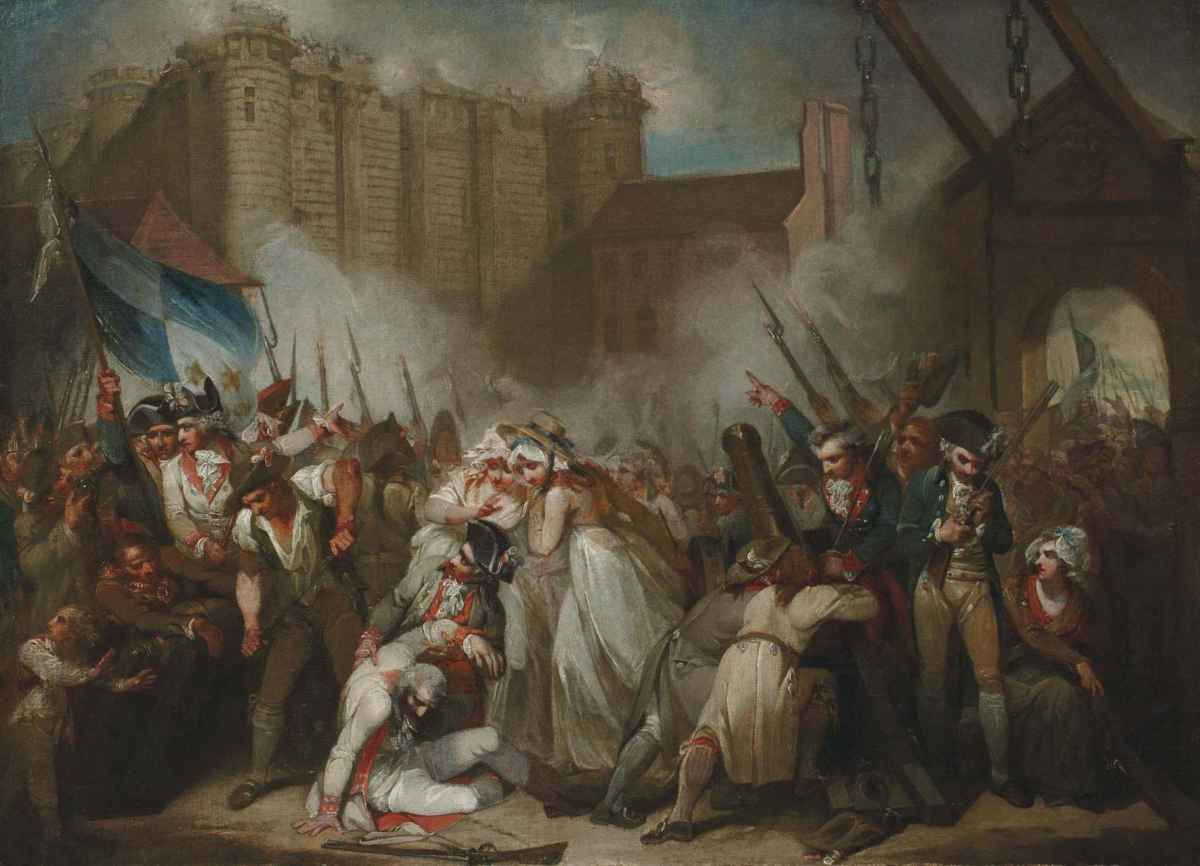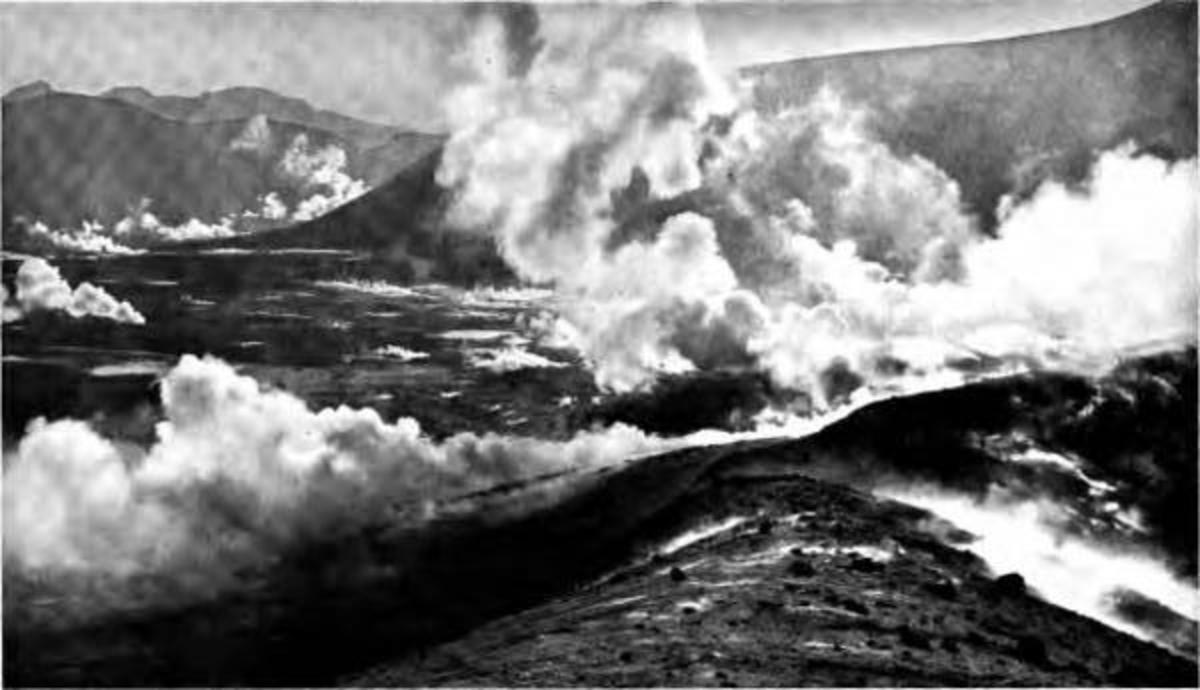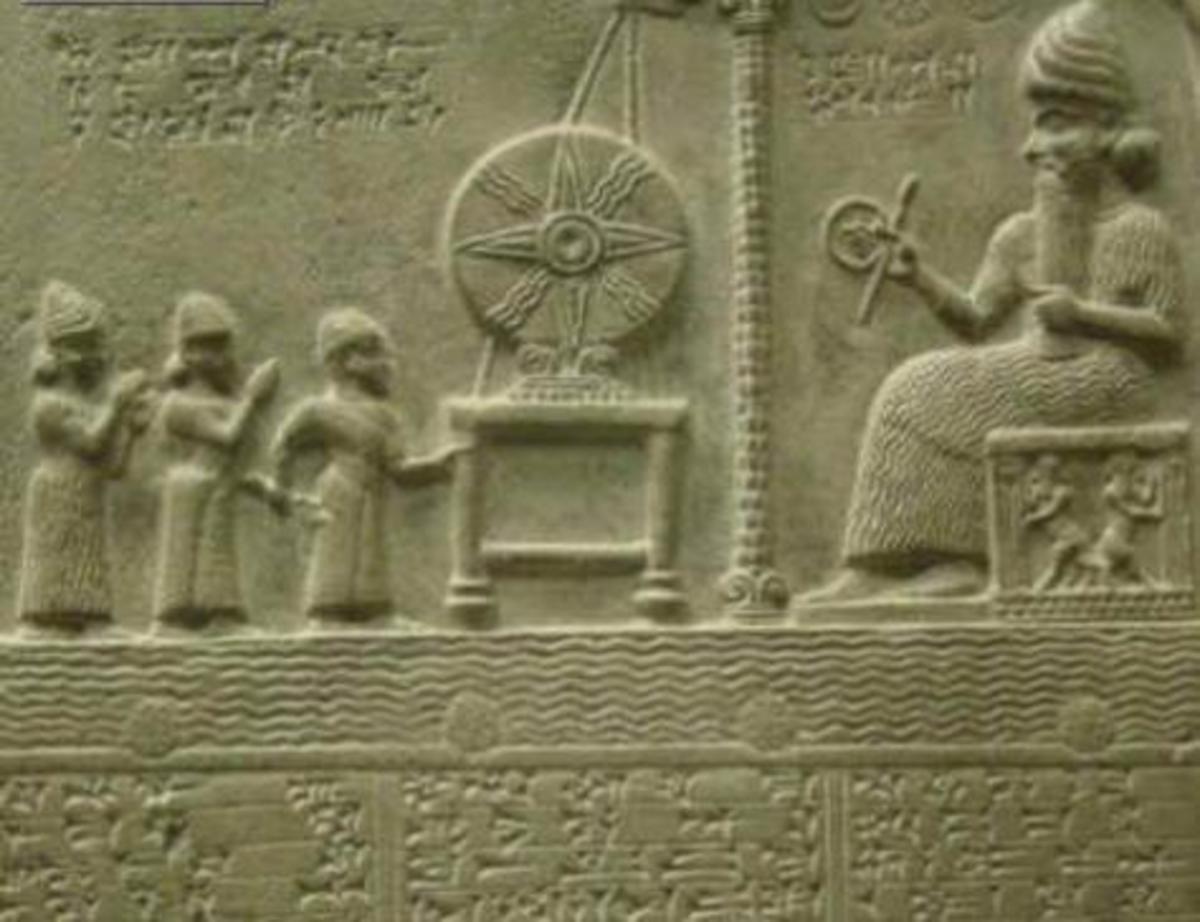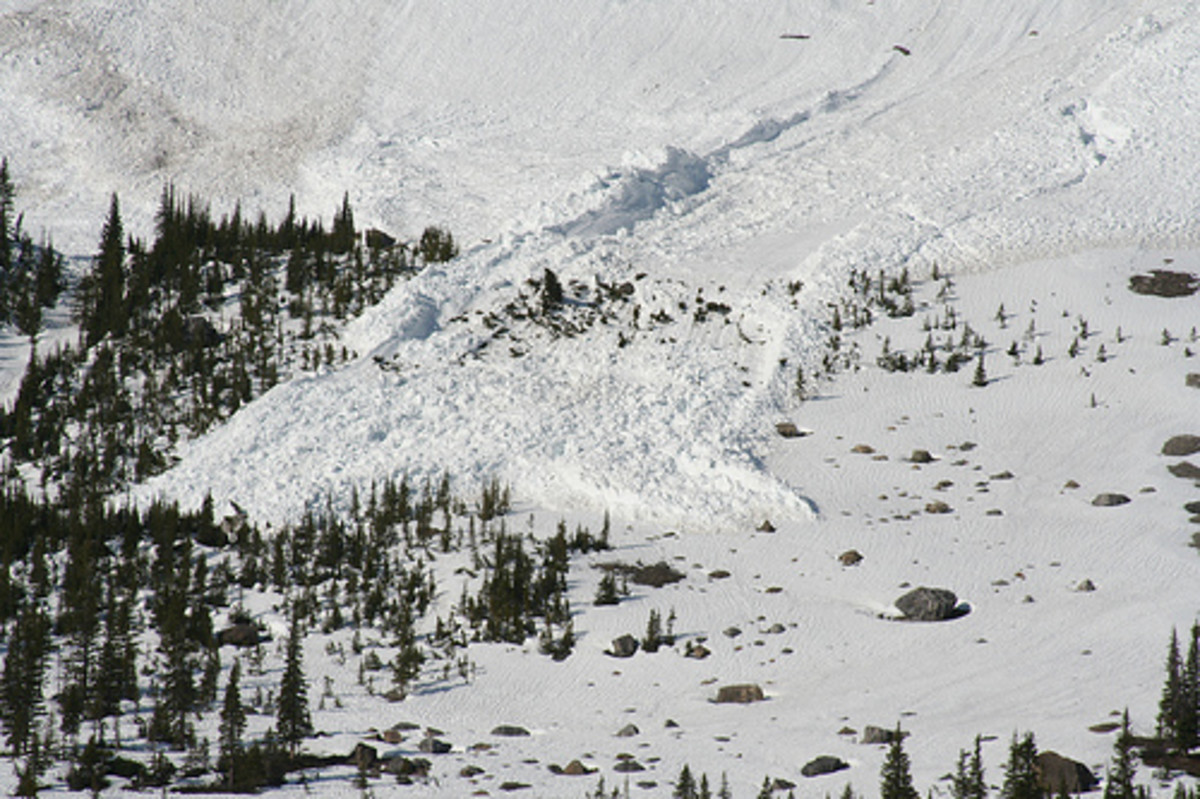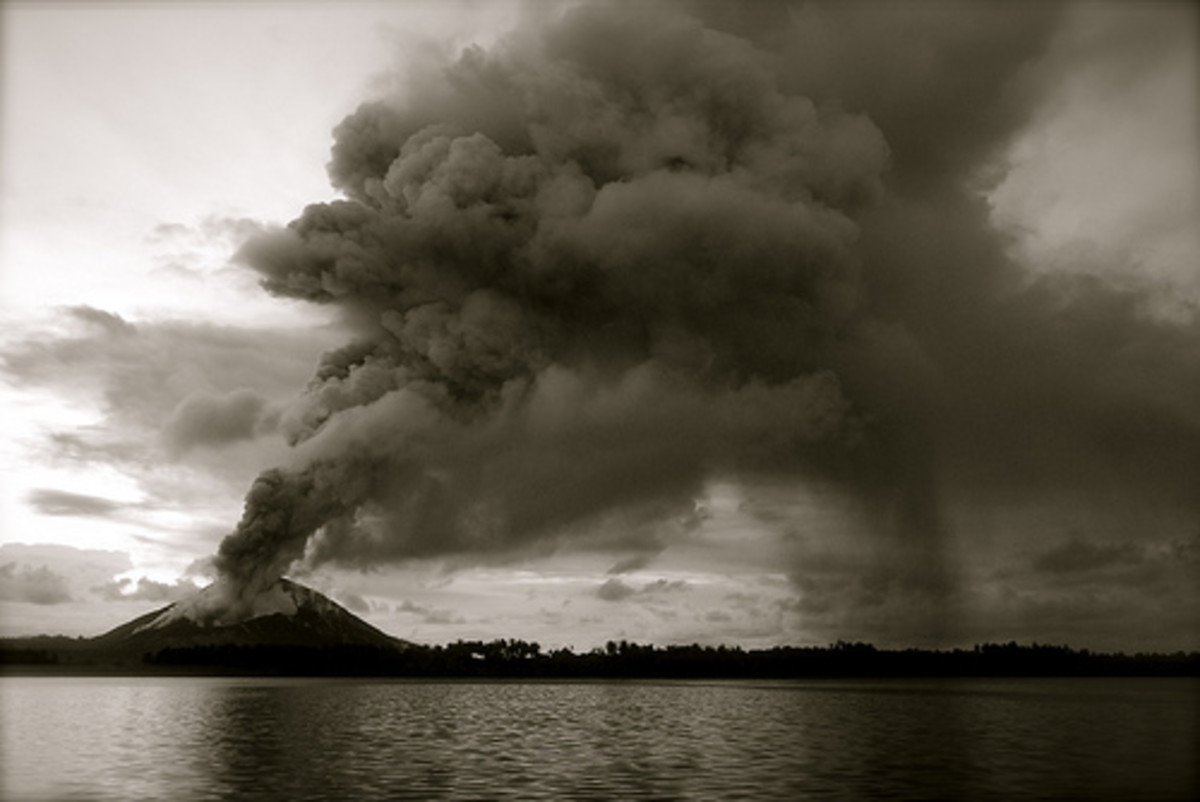The Little Ice Age
Dutch artists portrayed the little ice age in paintings when the Dutch were at the height of their power
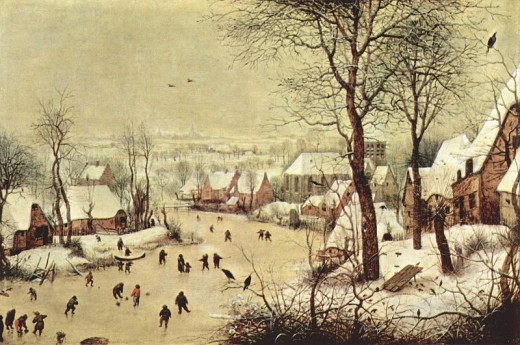
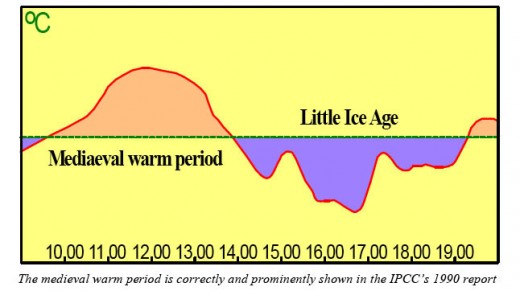
Two cold periods in the medieval period brought famine and plague in their wake.
There is little agreement among professionals in the field as to the exact dates and extent of the Little Ice Age. There is also some confusion as to the causes. It is generally agreed that for the Northern hemisphere and in continental Europe, it had its beginning in the 13th century. Prior to this, Vikings had settled and farmed in the south eastern parts of Greenland. Greenland was literally green in the era prior to 1250 AD. After this, farming communities collapsed and the settlers either withdrew or perished in famines leaving the country to the Inuit and Eskimos who had long since adapted to the harsher . The weather patterns also shifted in Europe, bringing a lot of rain and this general pattern continued until the 19th century. There period between 1600 and 1850 was the most stable. From 1250 through to 1600, there were brief warm spells, but these were not the normal trend of deep long cold winters and brief hot summers. The causes of the Little Ice age are thought to be as follows.
1250, the Atlantic pack ice began to grow.
1300 and on, when warm summers stopped being dependable in Northern Europe.
1315 marked a period of rains and the Great Famine of 1315-1317.
1550 is the theorized beginning of worldwide glacial expansion.
1650 marks there period for the first climatic minimum.
"The Little Ice Age brought bitterly cold winters to many parts of the world, but is most thoroughly documented in Europe and North America. In the mid-17th century, glaciers in the Swiss Alps advanced, gradually engulfing farms and crushing entire villages. The River Thames and the canals and rivers of the Netherlands often froze over during the winter, and people skated and even held frost fairs on the ice. The first Thames frost fair was in 1607; the last in 1814, although changes to the bridges and the addition of an embankment affected the river flow and depth, hence the possibility of freezes. The freeze of the Golden Horn and the southern section of the Bosporus took place in 1622. In 1658 a Swedish army marched across the Sound to Denmark and invaded Copenhagen. The winter of 1794/1795 was particularly harsh when the French invasion army under Pichegru could march on the frozen rivers of the Netherlands, whilst the Dutch fleet was fixed in the ice in Den Helder harbor. In the winter of 1780, New York Harbor froze, allowing people to walk from Manhattan to Staten Island. Sea ice surrounding Iceland extended for miles in every direction, closing that island's harbors to shipping.
The severe winters affected human life in ways large and small. The population of Iceland fell by half, but this was perhaps also due to fluorosis caused by the eruption of the volcano Laki in 1783. (1) The Viking colonies in Greenland died out (in the 15th century) because they could no longer grow enough food there. In North America, American Indians formed leagues in response to food shortages. (2) One researcher noted that, in many years, "snowfall was much heavier than recorded before or since, and the snow lay on the ground for many months longer than it does today."(3)
There are several ideas as to what may have triggered this. First among these as that seen in the context of larger 100,000 year cycles, the Earth should be heading into a prolonged ice age as indicated by patterns found in ice cores extending back 800,000 years covering an eight full cycles of roughly 100,000 years each. The last warming meltdown occurred some 12,600 years ago and by now we should be in a cooling trend covering 90,000 years. However, modern industrial processes have stopped and reversed the trend.
Second among the ideas of cooling is the dynamics of the Earth's orbit. Currently, the perihelion of the Earth's orbit falls on January 5th, plus or minus a day depending on Earth's orbital speed due primarily to the influences of Venus and Jupiter and their locations relative to the Earth and Sun. This puts Earth closest to the sun on or about January 5th, during the northern hemisphere's winter. By June-July, the Earth is furthest from the sun. This has the effect of slightly cooling the global temperature in this period. There is the Milankovich cycle of 100,000 years that precisely matches the average length of a great ice age cycle also of 100,000 years. It is believed that the two are linked, accounting for the major ice ages.
Other ideas accounting for the chilling of the climate are;
Volcanic activity
Asteroid or comet impacts
cooling of the sun - sunspot minima
drying cycles where lots of dust gets into the atmosphere
increased albedo of the Earth
Mid Atlantic conveyor shut down
Mankind's industrial and warlike activities
Volcanic activity shows up in ice core records and for this period there appears to be increased volcanic activity shown in ice cores that injected enough ash into the atmosphere to cause cooling of the temperatures globally due to reduced sunlight reaching the surface. We are keenly aware of historical records for Tambora in 1815 and Krakatoa in 1883. Both eruptions were followed by cooler summers and more severe winters. (4)
Although there is plenty of evidence of impacts on Earth, such as Meteor Crater in Arizona, in Wabar Arabia, Tunguska in Siberia and in South America, nothing large enough shows in the ice cores and sea sediments to suggest cooling caused by a major impact for the entire period of the little ice age.
Sunspot minima, specifically the Spoorer (14th and 15th centuries) and Maunder (mid 1700s) Minima were both characterized by lower almost absent sunspot numbers over decades that coincided with colder winters and cooler shorter summers. Prior to 1610, records are fragmentary. In the period prior to 1610, we have to rely more on ice cores, sea sediment analysis and tree ring studies called dendrochronology.
During cooling cycles, less water is evaporated from the oceans and fresh water lakes. This tends toward drought conditions and loose soil being blown into the atmosphere during wind storms. This in itself has similar effects to volcanic activity, blocking incoming sunlight. Global dimming by industrial processes has a similar effect.
Volcanism and dust storms cut off sunlight which contributes to cooling, ice expansion and accumulating snow. More snow and ice increases the Earth's reflective level (albedo), which means that sunlight, just bounces back into space before it heats the earth. Sometimes this effect runs away and as much as 80 percent of the Earth can wind up covered by ice. There are even three geologically recorded periods where the entire Earth froze over.
One of the greatest fears of climatologists is the Atlantic conveyor shut down. The Atlantic conveyor is the current that delivers tropical waters up to Iceland, England and north-western Europe, making winters much milder. If the Mid Atlantic current stops, warm water ceases flowing to this region and an ice age takes over. Iceland, Britain, Norway, Sweden and adjoining regions will experience winters more akin to Siberia and northern Canada. Agriculture will shut down and people would have to migrate south to Spain, Italy and Northern Africa.
During the period of the mid 19th century to the present, the main contributing factor to weather modification has been the industrial and warlike activities of human beings. Starting with coal in the mid 19th century, to the internal combustion engine and power generating plants run on coal and oil, there has been a lot of soot and other material injected into the atmosphere creating the now observed phenomena of brown clouds. In addition, carbon dioxide has been added, but cooling modification has come from massive pollution which blocks sunlight just like volcanic ash or wind blown dust. One major contributing factor was the 500 plus Kuwaiti oil well fires of 1991 that burned for almost a year before being extinguished. Locally there were extreme contrasts between hellish heat and sub zero temperatures due to huge fires and vast quantities of soot totally blocking the sun. Globally, temperatures fell by a degree of two Celsius creating a minor cooling effect for a few years. This stands as direct proof of global weather modification due to human made and warlike earth born factors.
Today we understand the mechanisms of global heating and cooling, but this seems to do little in preparing us to handle our own affairs better. Nor are we prepared for a major catastrophe like Krakatoa in 535 AD. or like Tambora in 1815. We stand unprepared for the potential of another ice age, either a mini ice age, or the potential of a big freeze, that cyclically speaking, we are overdue.
References:
1. Stone, Richard (2004-11-19). "Iceland's Doomsday Scenario?” Science 306 (5700): 1278–1281. doi:10.1126/science.306.5700.1278.
2. SVS Science Story: Ice Age. NASA Scientific Visualization Studio. Retrieved on 2007-08-02.
3. Lamb, Hubert H. (1995). "The little ice age", Climate, history and the modern world . London: Routledge, 211-241. ISBN 0415127343.
4. Robock, Alan (1979-12-21). "The "Little Ice Age": Northern Hemisphere Average Observations and Model Calculations". Science 206 (4425): 1402–1404. doi:10.1126/science.206.4425.1402.

